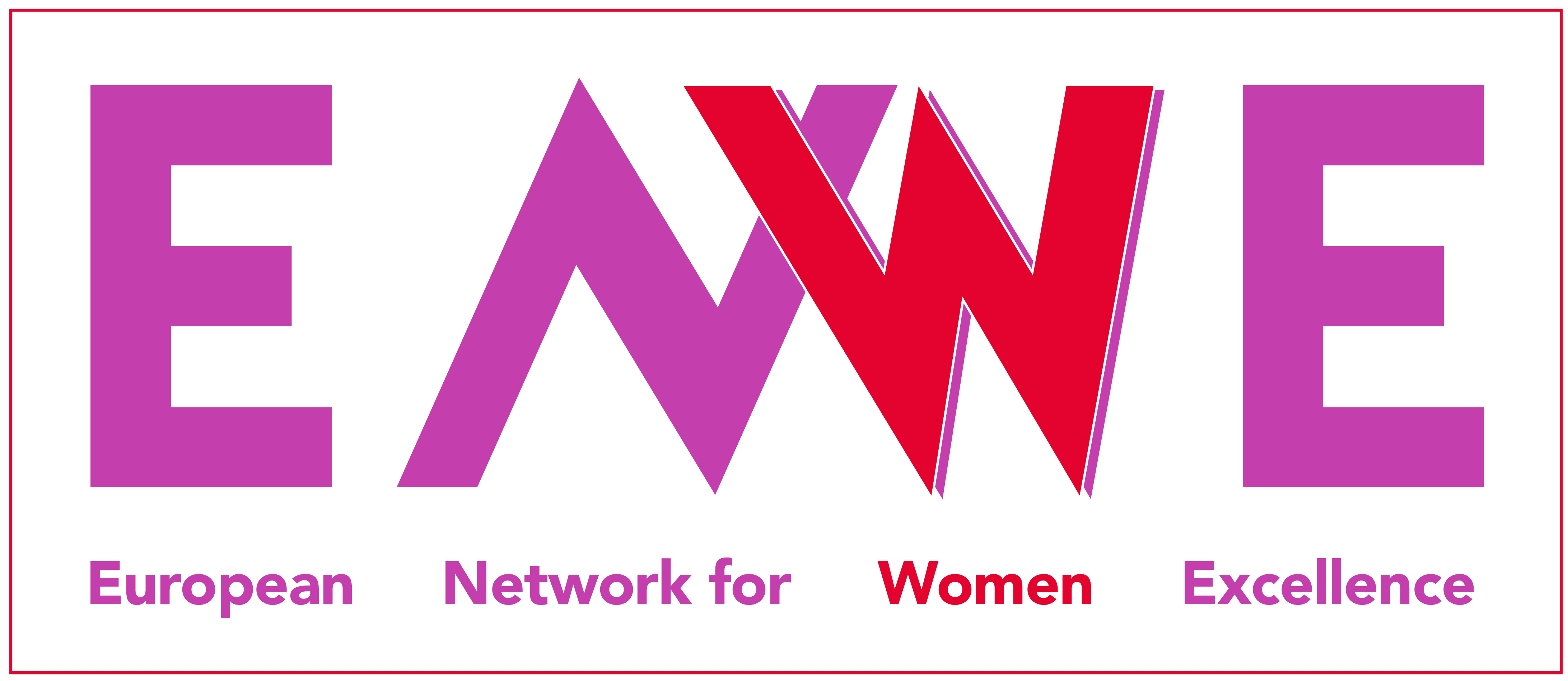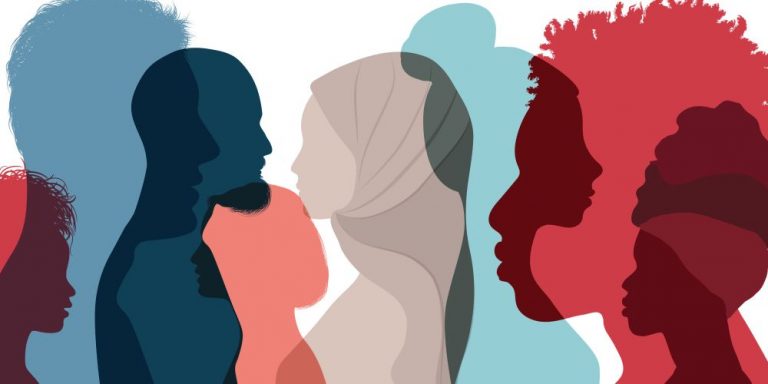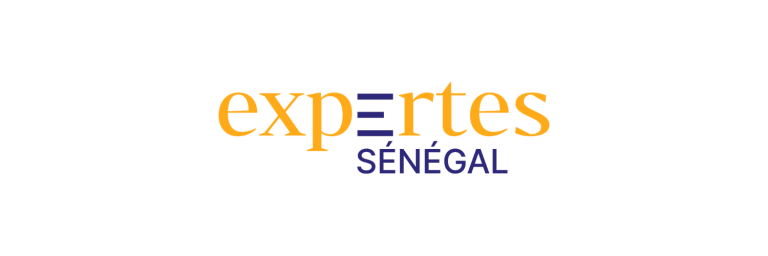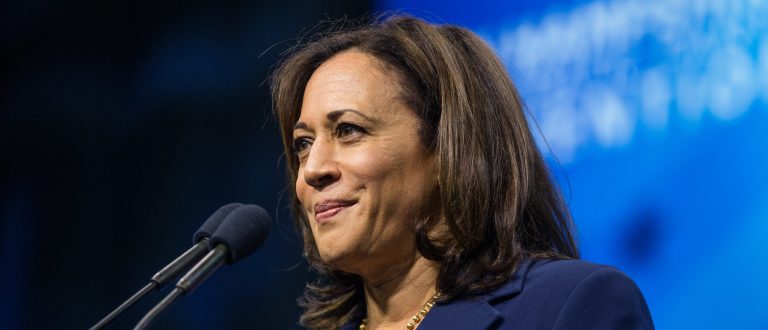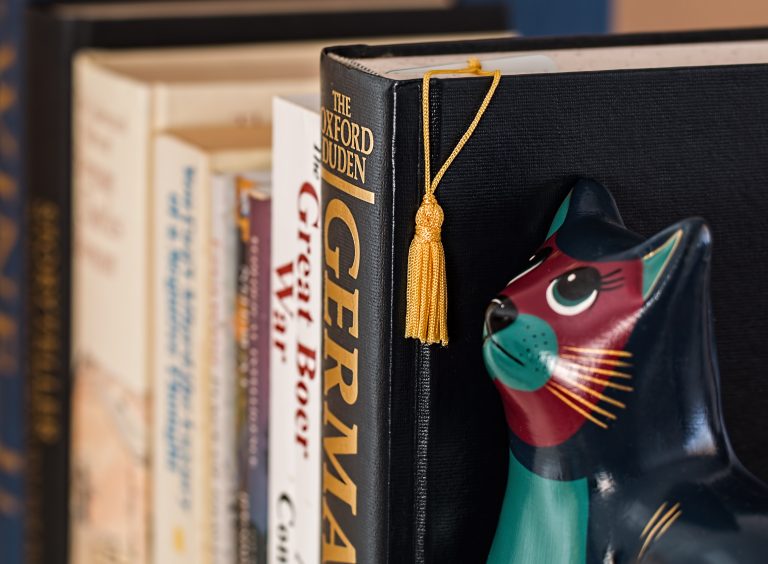Hate speech online: an emergency for women journalists
by Paola Rizzi
#StaiZitta giornalista! dall’hate speech allo zoombombing quando le parole imbavagliano [#ShutUp journalist! from hate speech to zoombombing when words muzzle], the book by Silvia Garambois and Paola Rizzi, describes how online harassment and hate speech affect Italian women journalists through social media, conditioning their work and limiting their freedom of expression and the plurality of voices in the media. The research is carried out by alternating the testimonies of seven female journalists who have been targeted by violent abuse online, with the analysis of data, legislation on hate speech, revenge porn, cyberbullying, reports and documents (by the UN, Unesco, Osce, Eu, Italian Parliament, Italian Interior Ministry), the role of main social networks providers, and the examination of best practices and counter-narrative actions implemented by different civil society actors against hate speech and gender stereotypes in the media and society.
Online harassment against women journalists is a global emergency, according to the report released by UNESCO in collaboration with the ICFJ (International Center for Journalists) in December 2020, titled Online Violence Against Women Journalist: 73% of the 901 journalists who answered the survey were targets of online violence. Most alarmingly, 20% have experienced assaults in real life that were associated with online violence. As early as 2018, a survey by the IWMF, International Women Media Foundation, attended by 597 women journalists from around the world, displays that 63% have been threatened online at least once, and one in ten received death threats. 56% said they were having stress and health problems, 58% insomnia, 57% panic. The majority of them did not report the cases to their superiors. 29% thought about changing jobs, and 37% avoided certain stories. To counter this emerging threat to free speech, at the end of 2020, Osce released the Resource Guide. Walk the talk. What key actors can do for the safety of female journalists online.

The seven women journalists interviewed in #Staizitta giornalista! represent a wide professional range: reporters from the main Italian TV networks (Rai, Sky), daily and weekly newspapers, freelancers, committed to crucial issues, such as immigration, mafia, politics, but also sports. They share the uncomfortable experience of collecting news, debunking fake news, analyzing facts under the daily storm of insults, rape, and death threats on their social network accounts. With a common denominator: sexism, misogyny, and gender-based violence are the basis for the online harassment of female journalists. Slut-shaming, body shaming, rape threats are the tools for the attacks by single haters but often in the form of a “pile on,” multiple coordinated attacks that are politically motivated. With heavy consequences on a psychological and practical level, up to the decision of giving up on the social network forum or the risk of self-censorship. An under-reported and underestimated phenomenon in the Italian media environment, as the author points out, urging all actors to develop best practices, starting with moderation and accountability in the social media approach.
The #StaiZitta research is inspired by a 2020 survey in collaboration with Vox Italian Observatory of Rights, a non-profit association that has been monitoring hate speech on Twitter since 2015. As explained by Silvia Brena, co-founder of Vox, in her contribution, women are always at the top of the list of the most hated groups, ahead of Jewish, Muslim, migrant, gay, and disabled people.
The book features prefaces by the Italian MP Laura Boldrini, who in 2016 promoted the “Joe Cox” Parliamentary Commission against hate speech, the AgCom (Authority for communication industries) commissioner Elisa Giomi and the linguistic scholar Federico Faloppa, coordinator of the National Network for Counteracting hate speech and hate phenomena.
The authors Silvia Garambois and Paola Rizzi are respectively President and member of the board of the Giulia association (an Italian acronym standing for United Free and Autonomous Female Journalists), engaged in the fight against sexism in the media language and the gender gap in the newsrooms.
